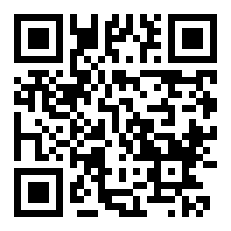The First Successful Haematopoietic Stem Cell Transplantation for a Patient with Sickle Cell Disease in a Private Hospital in a Low Resource Country, Nigeria: A Case Report
Keywords:
private medical centre, haematopoietic stem cell transplantation (HSCT), Sickle cell diseaseAbstract
Background꞉ Sickle cell disease (SCD) is a chronic debilitating disease and is highly prevalent in Nigeria. Despite documented challenges in setting up stem cell transplant centres in developing resource poor countries, the first successful haematopoietic stem cell transplant (HSCT) in Nigeria was performed at the University of Benin Teaching Hospital, Benin City (a Federal Centre) in 2011. Despite more challenges, we present the first successful HSCT in a private centre in Nigeria for a patient with SCD.
Case Report꞉ Patient was a 15 year old male with sickle cell anaemia (SCA) who had recurrent acute chest syndrome, stable haemoglobin (Hb) of 7g/dl and pentazocine addicted. The donor was an 18 year-old HLA matched (10/10) sister with haemoglobin phenotype AS. The patient had reduced intensity conditioning (RIC), 2 fludarabine 160 mg/m , busulphan 14mg/kg (Flu/Bu) and anti-thymocyte globulin (ATG; ATGAM) 22.73 mg/kg. Graft versus host disease (GvHD) prophylaxis was with cyclosporin A and mycophenolate mofetil.
A total of 6.1 x 10 /kg nucleated cells, i.e. stem cells from the bone marrow, were transfused on day 0. Neutrophil and platelet engraftment occurred on days +16 and +22 respectively. By day +30, donor chimerism was 68 % and there was no graft versus host disease (GvHD). The patient was clinically stable and was discharge on day +66. The full blood count result showed haemoglobin of 11.5 g/dl, white cell count of 6,200 /ul, platelet count of 113,000 /ul and haemoglobin phenotype was AS (as the donor). One year later, the patient had a 100 % donor chimerism and had not experienced any sickle cell crises.
Conclusion꞉ A private hospital in a low income country in collaboration with trained personnel from a Federal Teaching Hospital performed a successful HSCT for a patient with SCA despite several documented challenges. There is need for private public partnership to drive and sustain HSCT activities in low income countries like Nigeria.
Downloads
Downloads
Published
Issue
Section
License
Copyright (c) 2023 Nigerian Journal of Haematology

This work is licensed under a Creative Commons Attribution-NonCommercial-NoDerivatives 4.0 International License.








